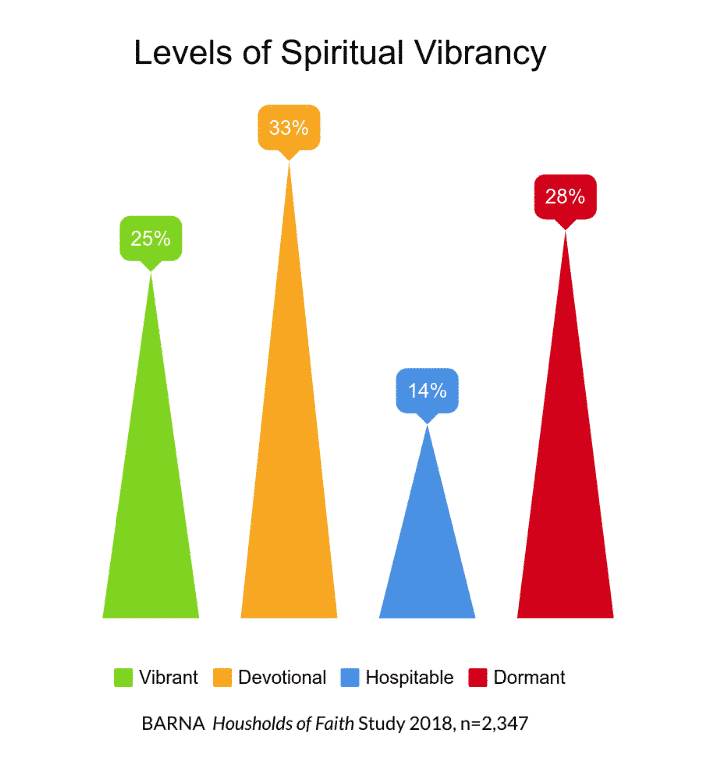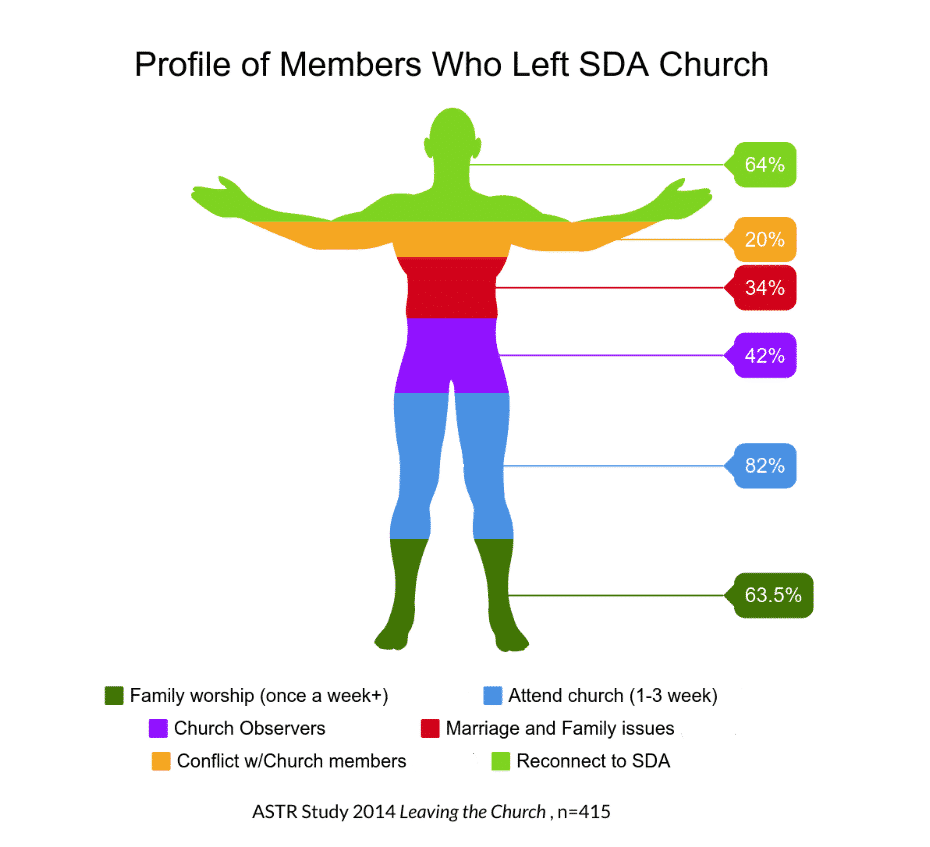By wisdom a house is built, and by understanding it is established; by knowledge the rooms are filled with all precious and pleasant riches.
(Proverbs 24: 3-4)
During the Nurture and Retention Summit in April 2019, over 100 church leaders from around the world gathered to discuss issues related to retaining and nurturing Adventist Church members.
One such center of Nurture and Retention is the family. Elaine and Willie Oliver, directors of Family Ministries at the General Conference, presented on this subject using the title: A Spiritually Vibrant Adventist Home.
The Olivers asked the question: When you think about someone who influenced your faith development who do you think of? People’s responses varied from my mother, to my father, my grandmother, my grandfather or another close family member.
These responses underline the idea that our homes are the first and primary places of influence in our faith development. Invariably, our relationship with Christ and our commitment to the church started right there, in our home.
In 2018, the Barna Group conducted a study on faith in the household with over 2,000 Christian families. They concluded that all families can be categorized into four levels of spiritual vibrancy. These levels are dormant, hospitable, devotional and vibrant.

Dormant households were characterized by not talking with each other about God or faith. They did not regularly pray or read the Bible together and did not regularly welcome non-family visitors.
Hospitable households were known for welcoming non-family visitors regularly, several times a month, and for participating in some spiritual activities. However, not all these families practiced these activities on a regular basis.
Devotional households were characterized by talking with each other about God or faith. They prayed and read the Bible together regularly, but they were not necessarily welcoming of non-family visitors on a regular basis
Vibrant households were known for talking with each other about God or faith. They prayed and read the Bible together regularly, and they welcomed non-family visitors several times per month.
So, what are we doing in our homes? Where do we fit into these categories? Are we modeling genuine loving behavior to our children? Are we hospitable? Do we have meaningful conversations? Do we pray and talk about God in our families?
It is much easier to talk about the church and evangelism with regards to nurturing and retention of church members. However, we are much more likely to become private and reserved when it comes to our families and faith development. To be sure, we must ask ourselves if faith is something so personal, so private that we don’t want to share it with our family members, or are afraid to look vulnerable? Are we fearful of asking hard questions and are just going through the motions of Christian life?
A spiritually vibrant household has meaningful fun and quality time with family members or housemates in addition to people outside of their household. Such a home differs from devotional and hospitable households in that it combines both devotional and hospitable attributes. Spiritually vibrant households are also intentional about sharing faith activities, feelings, and spiritual conversations.
Barna’s study also found a correlation with the presence of children and minors as a catalyst for vibrancy. That faith formation is connected to and increases with hospitality, and that faith heritage impacts Christian beliefs and practices for the long-term.
When we look at the profile of members that have left the church, we discover that most of them (82%) were people that attended church at least once a week or more. More than half (63.5%) had family worship at least once a week. Less than half (42%) were not involved in church; they were simply observers. About a third (34%) had marriage and/or family problems, and a fifth (20%) had problems with other church members.

Who are the people at risk of leaving the church?
Young adults after high school that moved away and are living on their own. Empty nesters that are looking for new purpose in life. Church members who have problems with family members or with church members; and also church members who are not connected to anyone in church and consequently feel alone.
So, how can a spiritually vibrant home nurture and help retain church members? It’s simple; by building relationships with people inside and outside their home.
Make your home available for small group activities, as well as fun activities like game nights. Invite people from your church. Especially focus on people who are in at-risk groups for leaving the church. Offer support to members in crisis. Be a life coach if such is needed. Be a grandparent to families without an extended family. Be on the Lookout for opportunities to show God’s love to others and be blessed in the process.
Let us to be one of these spiritually vibrant Adventist homes and get ready to have an impact on our church members and neighbors. Last but not least, remember the promise of success: “I can do all things through Christ who strengthens me.” (Philippians 4:13 NKJV)
For more information, please visit the link to the PowerPoint presentation from Elaine and Willie Oliver and the audio file from their workshop during the 2019 Nurture and Retention Summit.
Created in collaboration with Elaine and Willie Oliver

